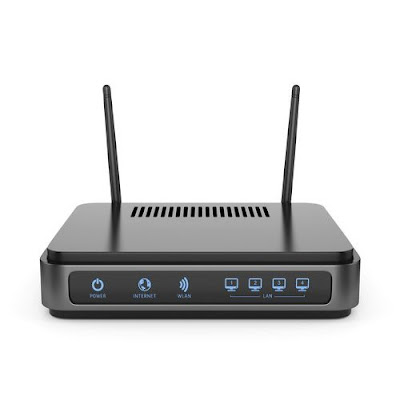In today’s world of interconnected devices, a stable and efficient network is essential for both homes and businesses. Two critical components that help make this possible are LAN (Local Area Network) switches and routers. Though these devices often work together to create a seamless network experience, they serve different functions. Understanding these differences can help you design a more effective network setup.
What is a LAN Switch?
A LAN switch, often referred to simply as a network switch, is a device that connects multiple devices within a local area network (LAN). The primary function of a switch is to manage the flow of data across the network by forwarding data packets only to the devices that need them. Switches operate at the data link layer (Layer 2) of the OSI model, and sometimes at the network layer (Layer 3).
 |
LAN Switch |
Key Features of LAN Switches:
- Data Forwarding: Switches use MAC addresses to forward data only to the correct destination device.
- Network Segmentation: Helps in dividing a network into segments, improving performance and reducing traffic congestion.
- Full-Duplex Mode: Allows data to be sent and received simultaneously, increasing the efficiency of the network.
Types of LAN Switches:
- Unmanaged Switches: Simple devices with plug-and-play functionality, ideal for small networks.
- Managed Switches: Offer greater control with features like VLAN support, Quality of Service (QoS), and network monitoring, suitable for larger and more complex networks.
What is a Router?
A router is a device that connects multiple networks and directs data packets between them. While a switch operates within a single network, a router operates between different networks, often between a LAN and the internet. Routers use IP addresses to determine the best path for data to travel.
 |
Router |
Key Features of Routers:
- Network Traffic Management: Routes data between different networks, often between your home network and the internet.
- Firewall Protection: Most routers include built-in firewalls to protect your network from external threats.
- NAT (Network Address Translation): Allows multiple devices on a local network to share a single public IP address.
Types of Routers:
- Wired Routers: Connect to other devices via Ethernet cables, providing a stable and fast connection.
- Wireless Routers: Provide Wi-Fi connectivity, enabling devices to connect to the network without cables.
- Core Routers: Used in large organizations to route data within a network, typically handling massive amounts of data.
Key Differences Between LAN Switches and Routers
- Functionality: Switches operate within a single network to manage data traffic, while routers connect different networks and route data between them.
- Layer of Operation: Switches work mainly at the data link layer (Layer 2), while routers operate at the network layer (Layer 3).
- Device Addressing: Switches use MAC addresses to forward data, whereas routers use IP addresses to route data between networks.
- Network Management: Routers typically offer more advanced network management features, such as firewall protection and traffic routing, while switches focus on efficient data forwarding within a network.
When to Use a Switch vs. a Router
- Use a Switch: When you need to connect multiple devices within the same network, such as computers, printers, and servers in an office or home setup.
- Use a Router: When you need to connect your local network to the internet or manage traffic between different networks.
Conclusion
Both LAN switches and routers are essential components in a well-functioning network. While switches focus on managing data within a local network, routers ensure that data is correctly routed between different networks, including the internet. By understanding the roles of each device, you can make informed decisions to optimize your network for performance, security, and scalability. Whether you're setting up a simple home network or managing a complex enterprise system, knowing when to use a switch versus a router is key to building a reliable and efficient network infrastructure.
Comments
Post a Comment